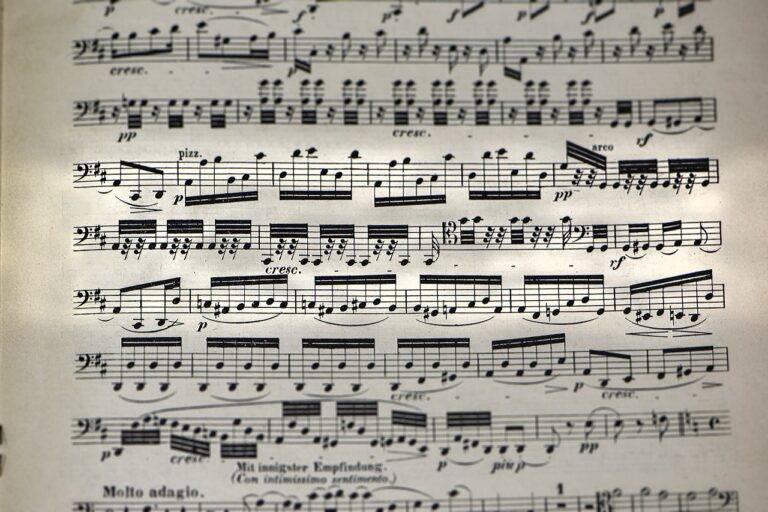From Page to Screen: The Art of Adaptation in Hollywood
The practice of adapting literary works to film can be traced back to the early days of cinema. As filmmakers searched for compelling stories to bring to the screen, they turned to novels, plays, and short stories for inspiration. One of the earliest known film adaptations is Georges Méliès’ 1902 silent film “A Trip to the Moon,” based on works by Jules Verne and H.G. Wells. This marked the beginning of a trend that continues to this day, with countless books being adapted into successful films.
Over the years, the process of adaptation has evolved, with filmmakers experimenting with different approaches to bring written works to life on screen. From faithful adaptations that closely follow the source material to more loose interpretations that take creative liberties, filmmakers have explored various ways to translate the essence of a book into a visual medium. Despite the challenges of condensing a novel’s complex narrative and characters into a two-hour film, adaptation remains a popular and enduring practice in the film industry.
The Challenges of Adapting a Book to Film
Adapting a book to film is no easy task. Two vastly different mediums with unique storytelling techniques, reconciling the essence of a novel on the big screen requires careful consideration. Ensuring that the richness of the plot, the depth of characters, and the intricate details of the setting remain intact is crucial in capturing the heart of the original work.
One of the primary challenges lies in condensing the extensive narrative of a book into a concise screenplay. In a novel, authors have the liberty to delve into the characters’ thoughts, emotions, and backgrounds in great detail, but in a film, such depth must be conveyed visually and verbally within limited time constraints. This often leads to the omission of certain subplots, characters, or detailed descriptions, which can disappoint avid fans of the book but is necessary for the cohesion and flow of the movie adaptation.
Why do filmmakers often choose to adapt books into films?
Filmmakers often choose to adapt books into films because they see potential in the story and believe it will translate well to the visual medium. Additionally, popular books already have a built-in audience, which can help attract viewers to the film.
What are some common challenges faced when adapting a book to film?
Some common challenges include condensing a lengthy book into a two-hour film, capturing the essence of the story while making necessary changes for the visual medium, and satisfying fans of the book who have high expectations for the adaptation.
How do filmmakers decide what aspects of the book to keep and what to change in the adaptation process?
Filmmakers must carefully consider what elements of the book are essential to the story and what can be altered or omitted to fit the constraints of a film. They may prioritize certain characters, themes, or plot points while making adjustments to streamline the narrative for the screen.
Are there any successful examples of book-to-film adaptations?
Yes, there have been many successful book-to-film adaptations, such as “The Lord of the Rings” trilogy, “Harry Potter,” “The Shawshank Redemption,” and “Gone Girl.” These adaptations have managed to capture the essence of the original books while also standing as successful films in their own right.
How can fans of the book best approach watching the film adaptation?
Fans of the book should approach the film adaptation with an open mind, understanding that certain changes may be necessary for the story to work on screen. While it’s natural to have expectations based on the book, it’s important to appreciate the film as a separate interpretation of the source material.





